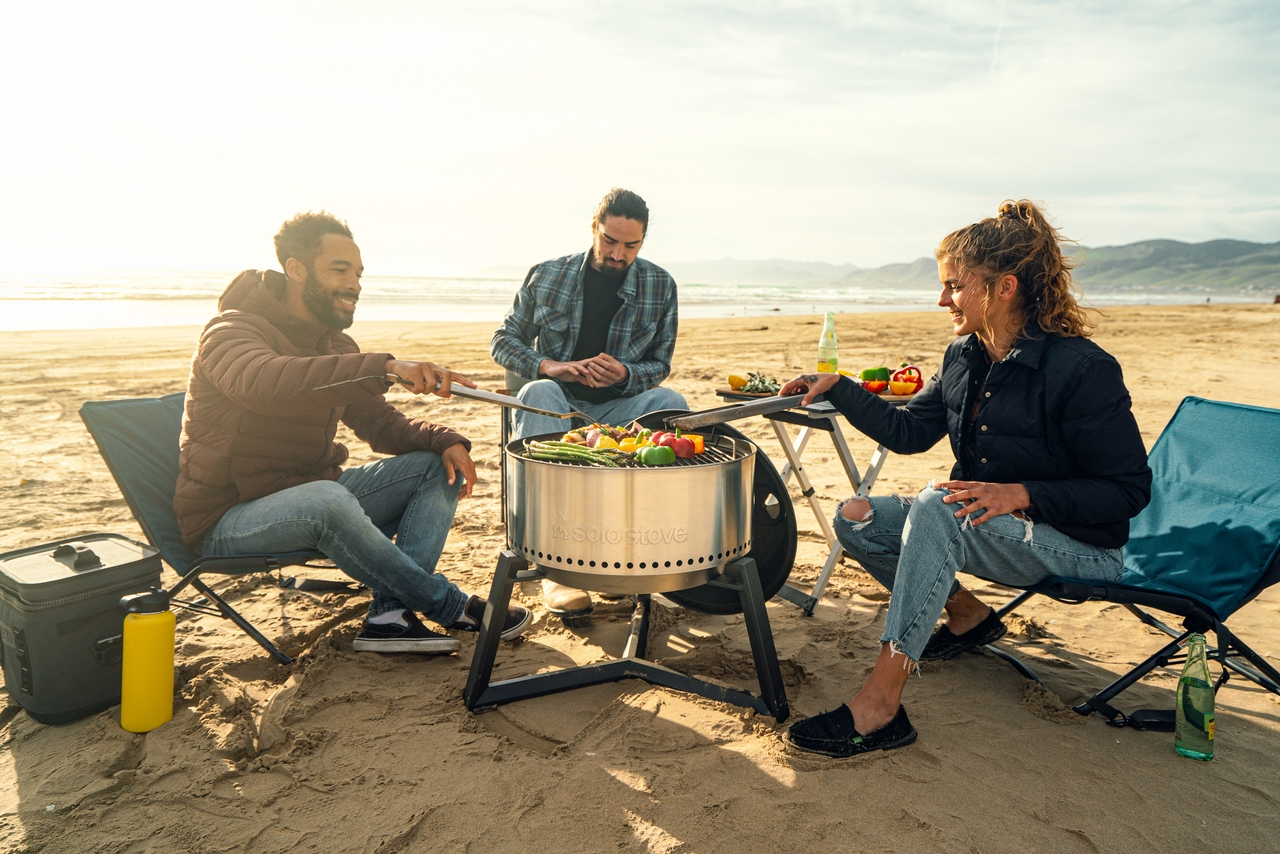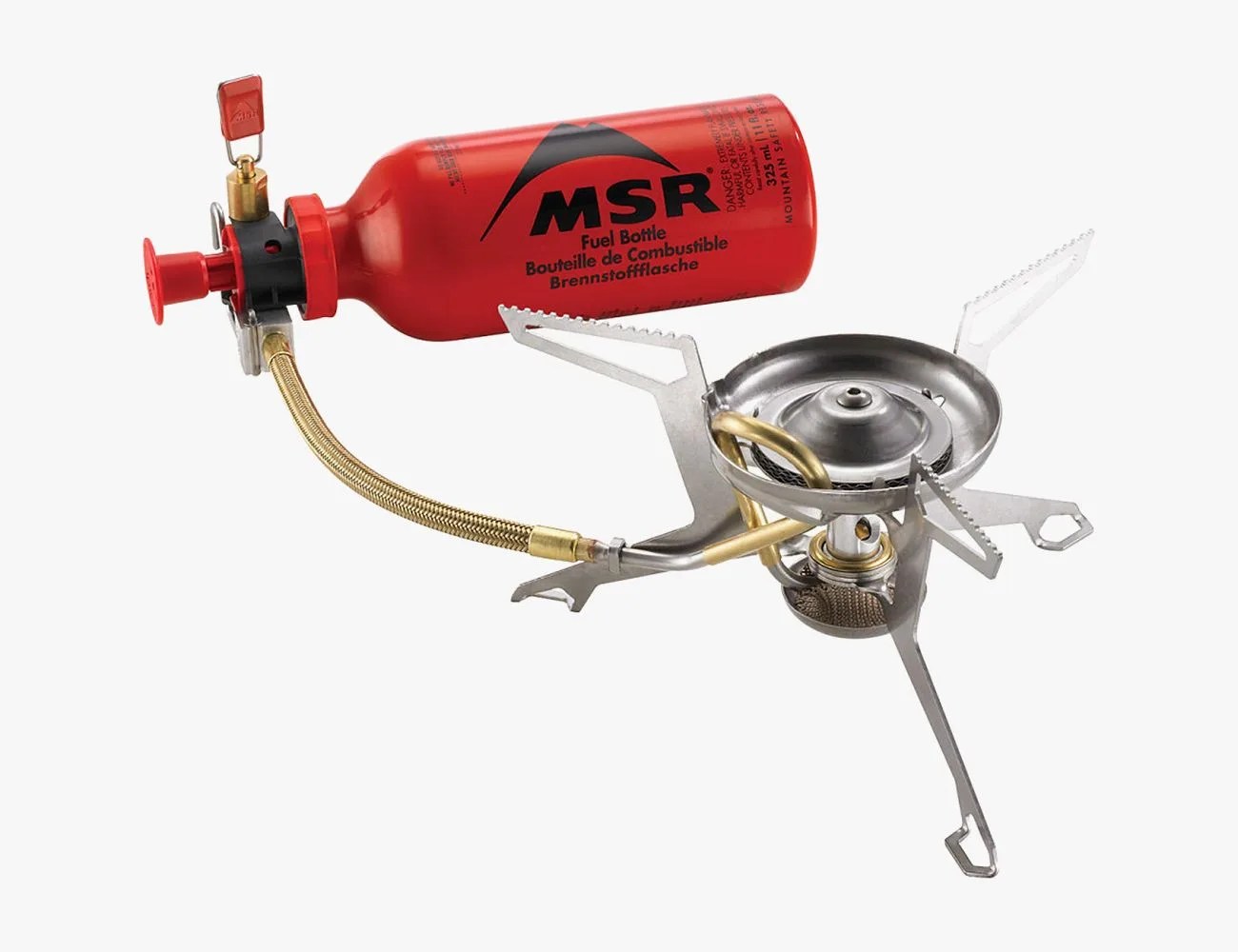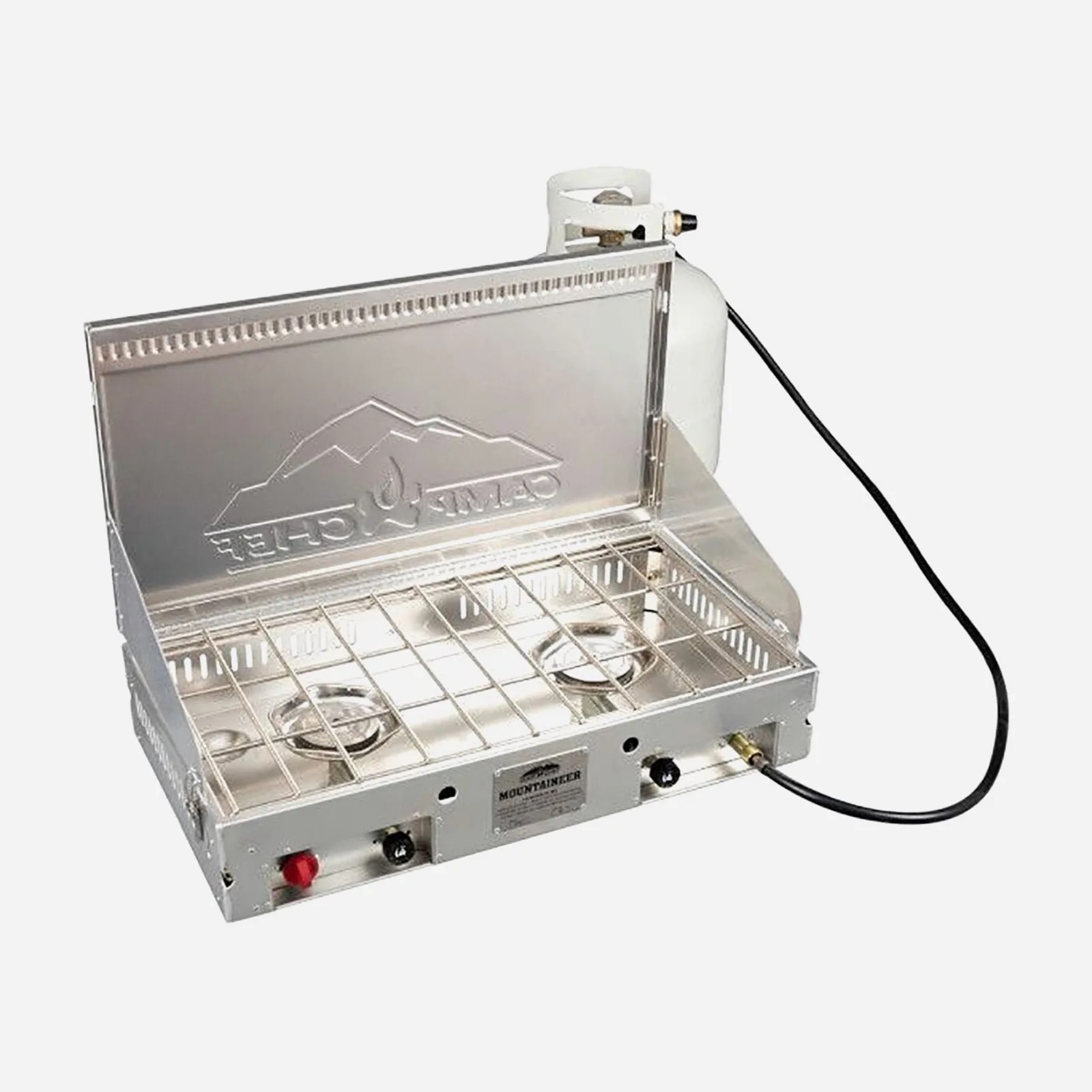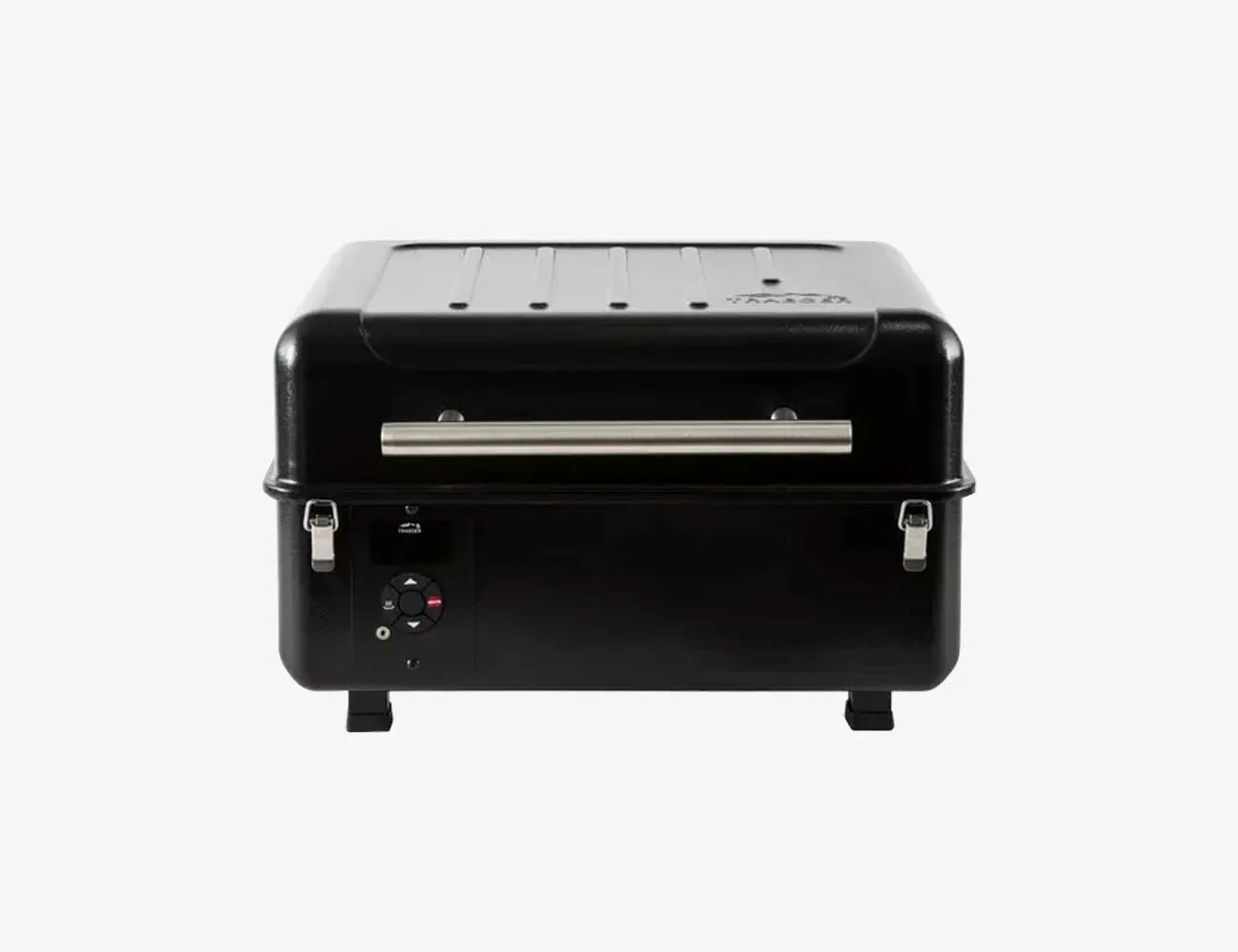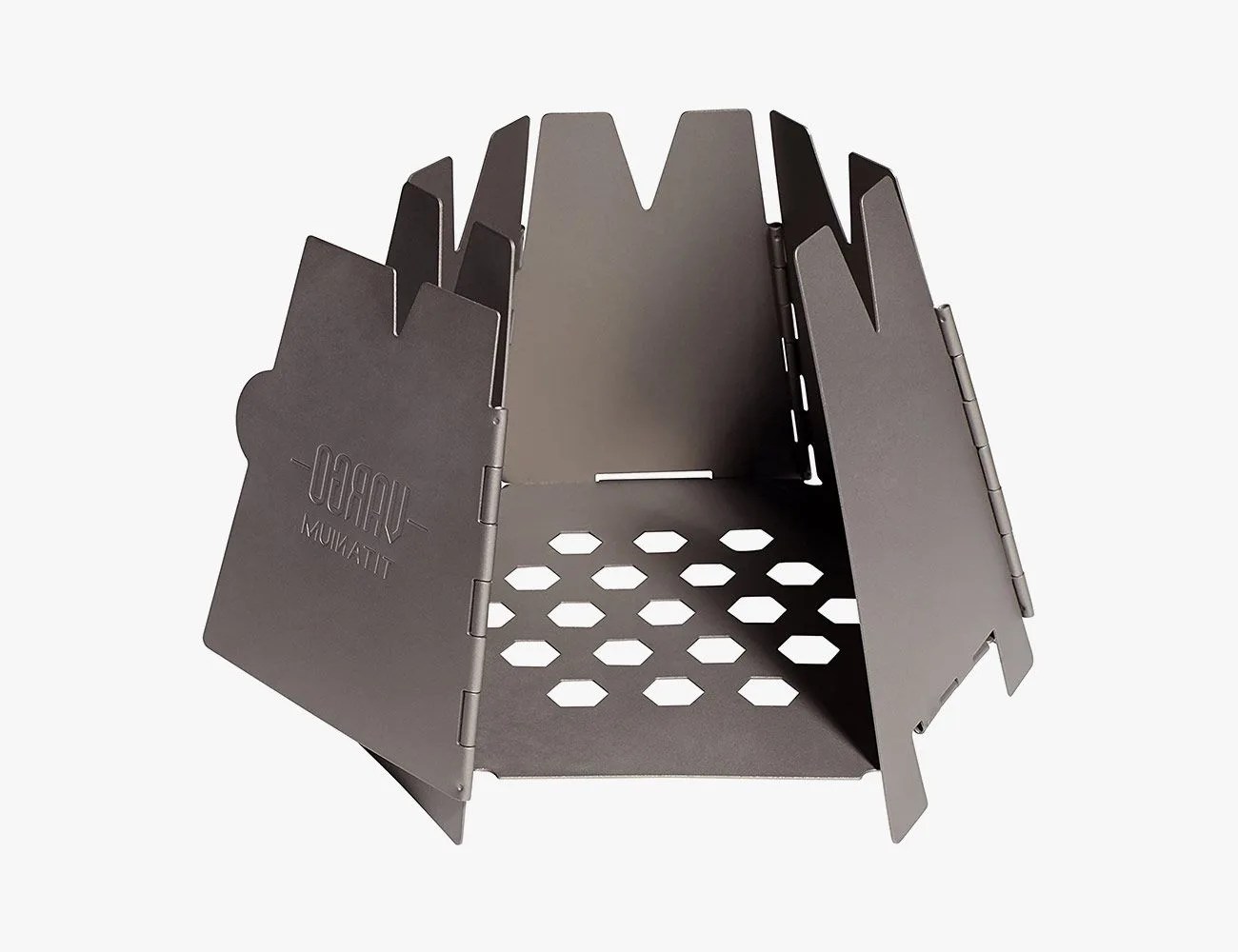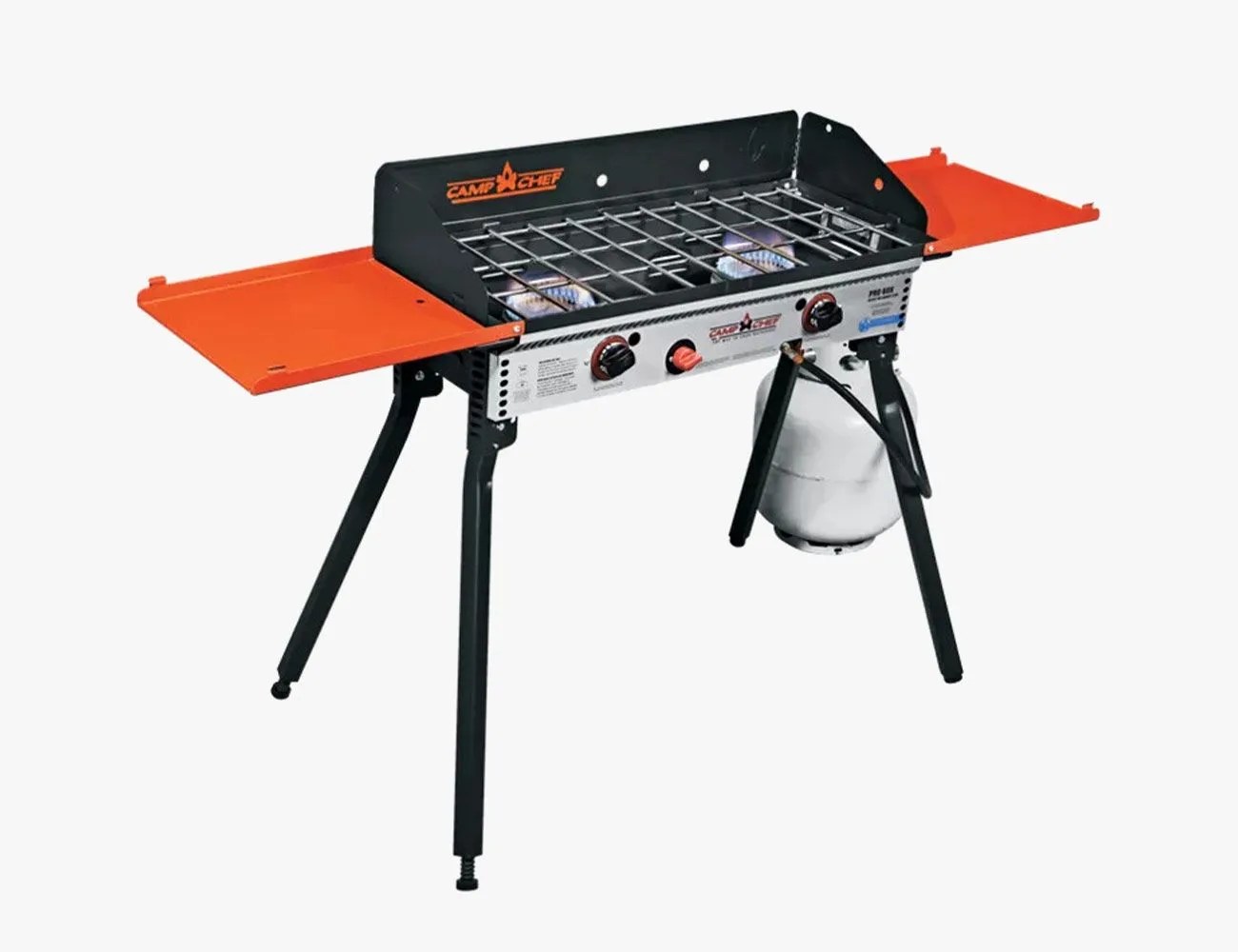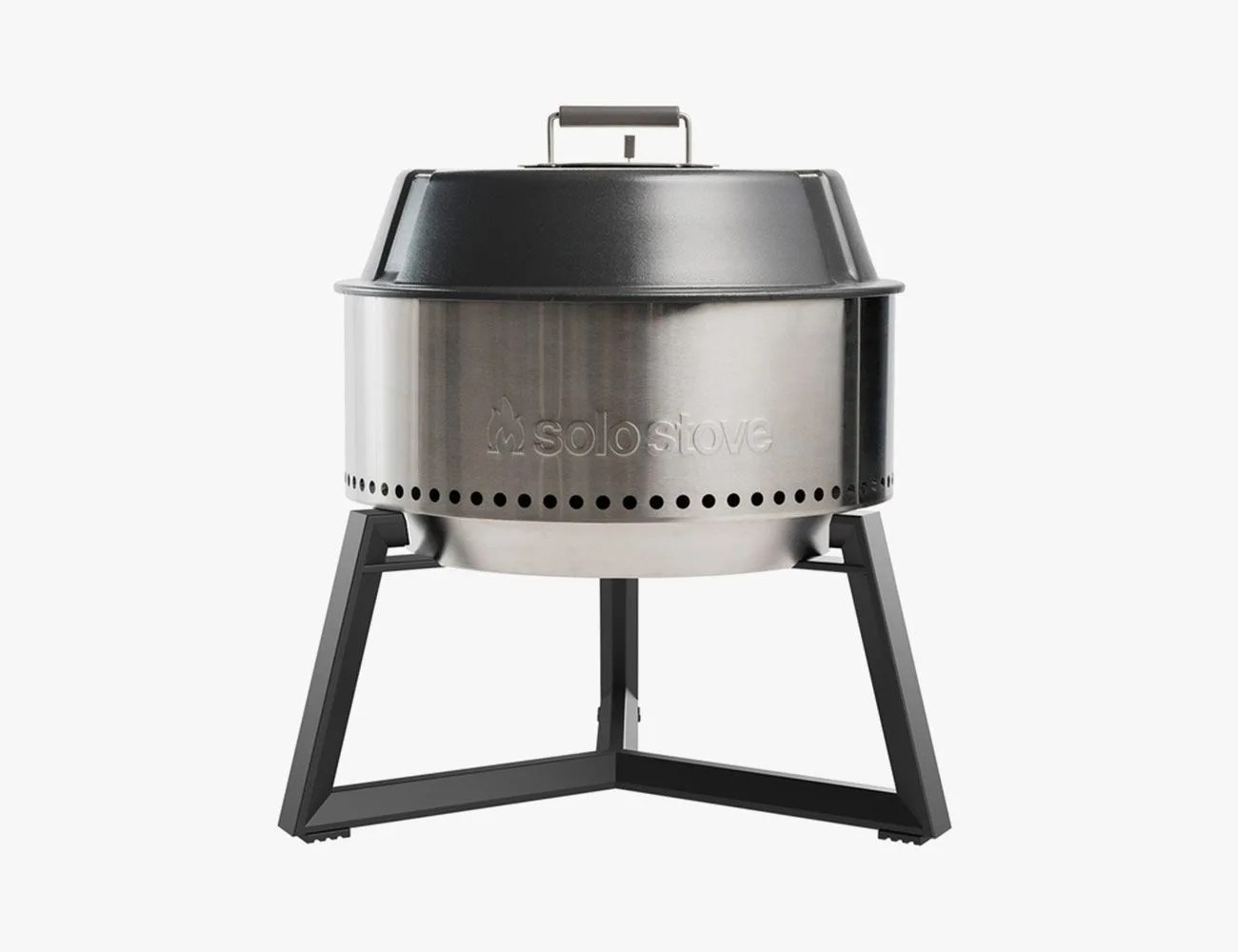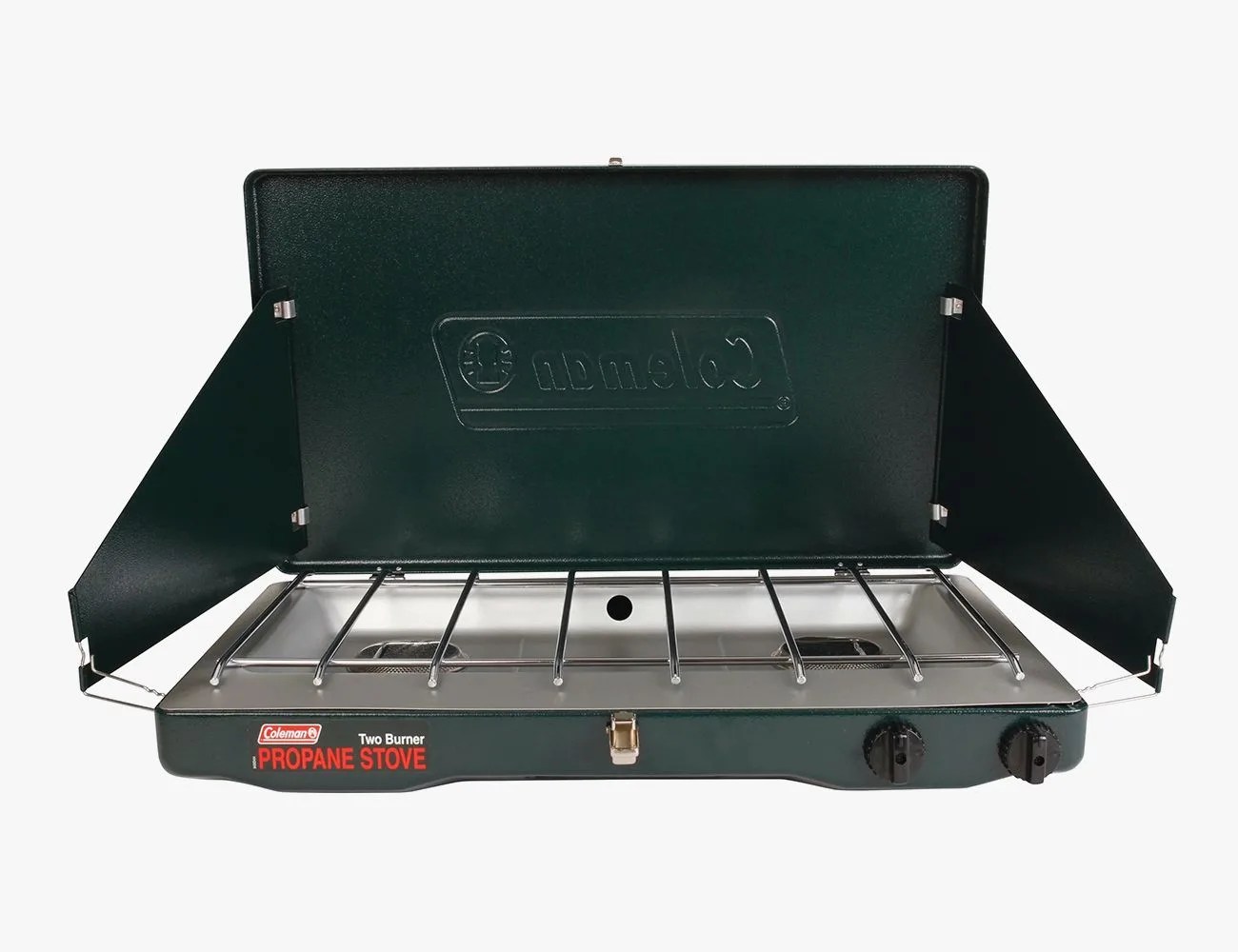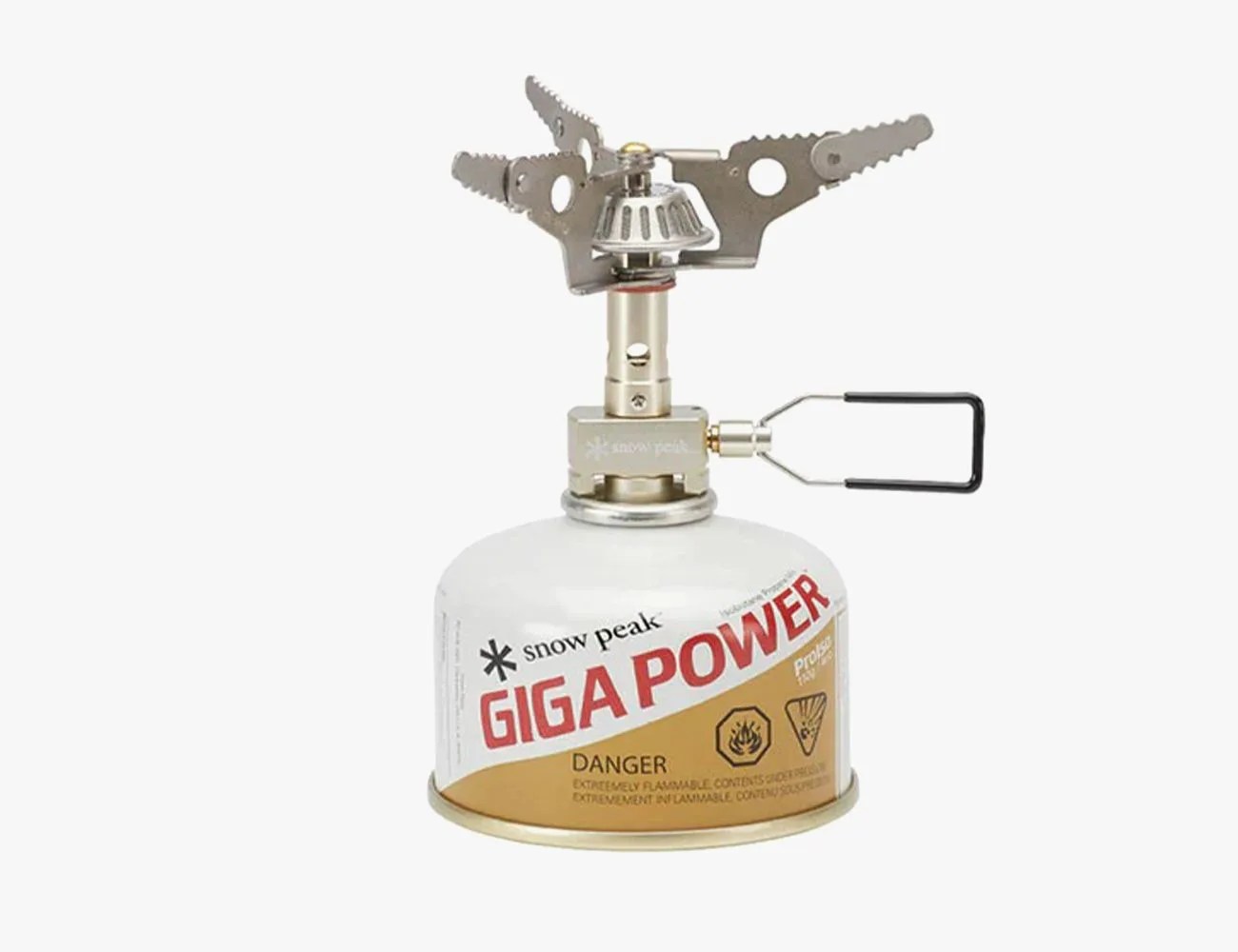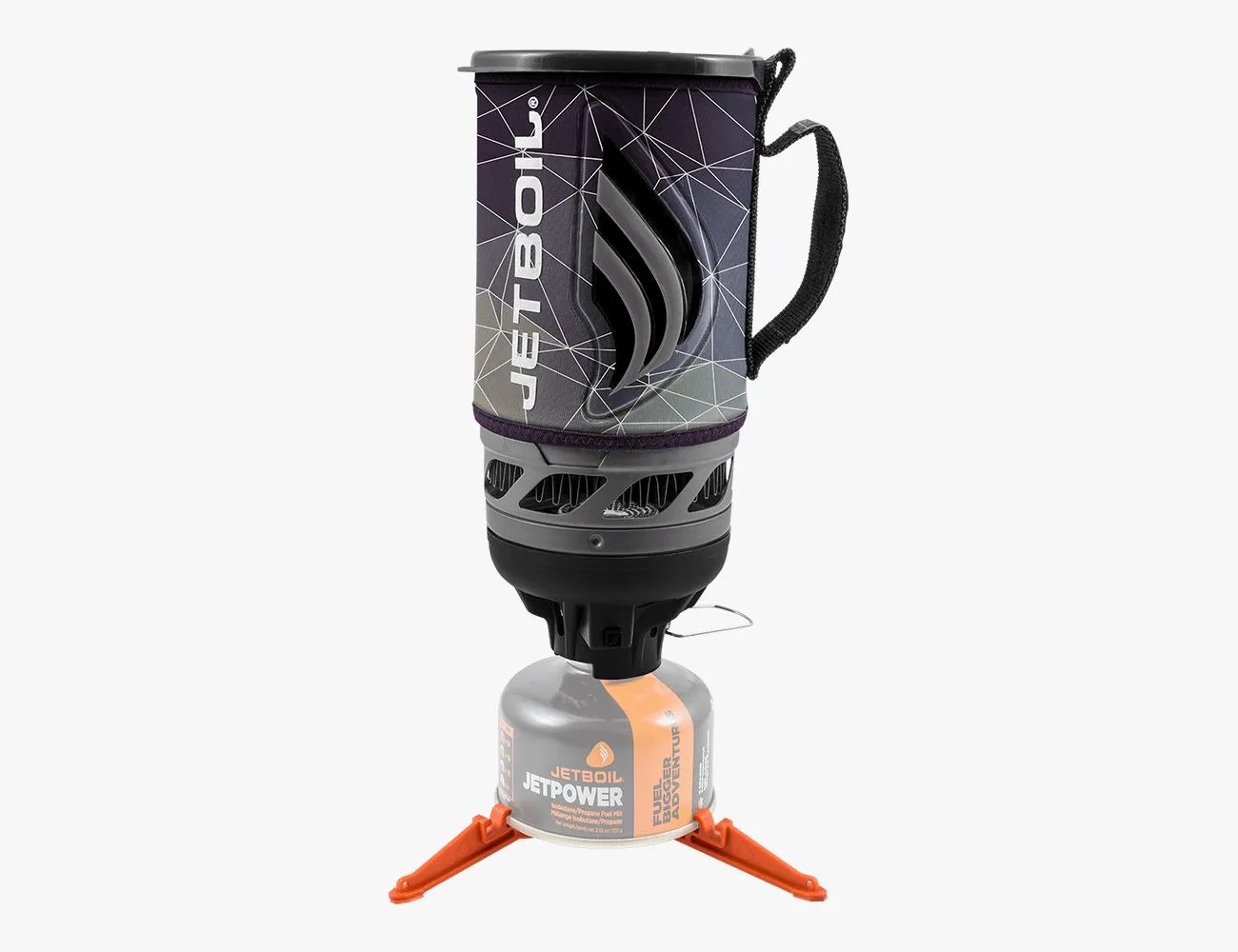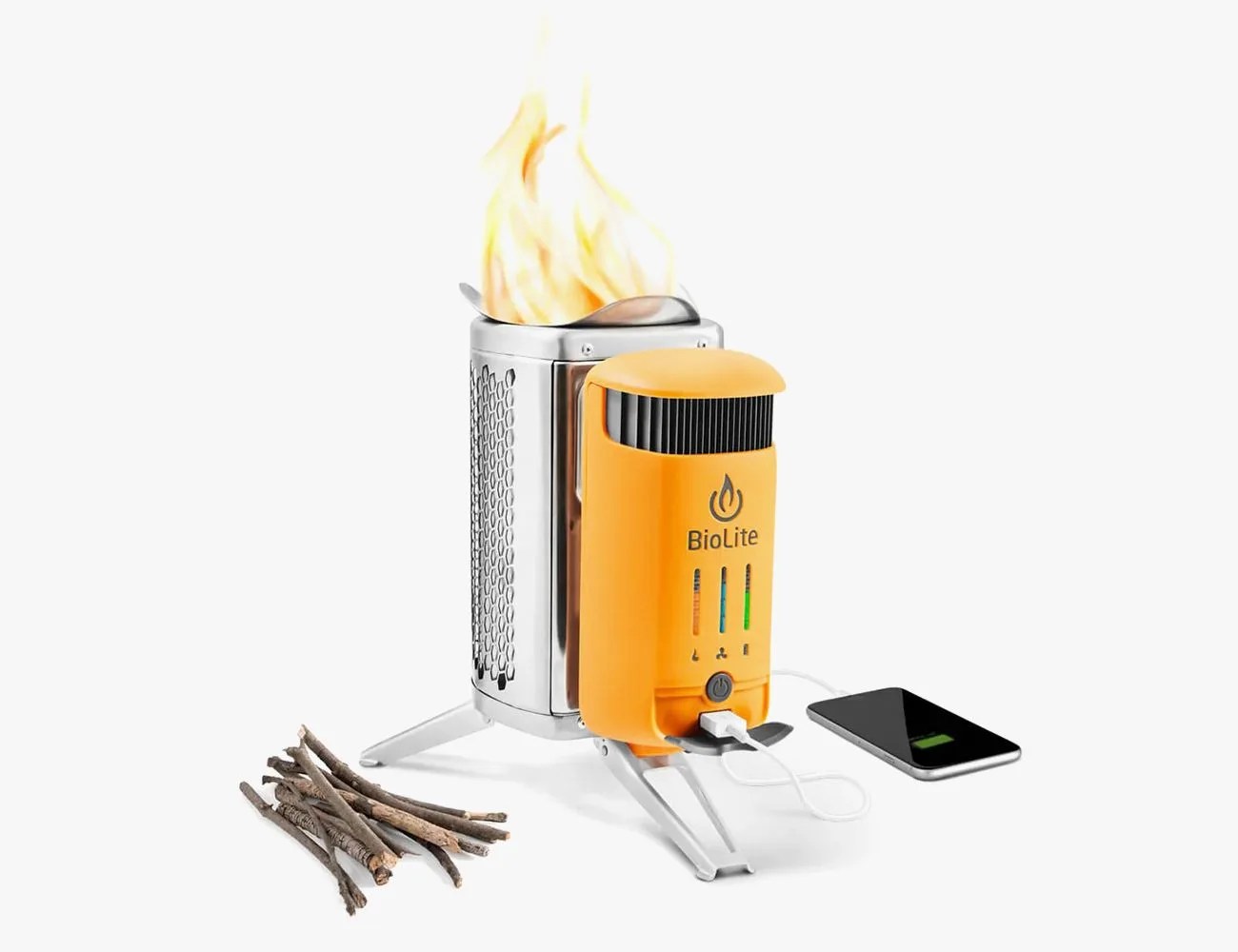For casual, amateur campers, campground cooking is probably mostly relegated to the likes of s’mores, hot dogs and anything else that can be stuck on a stick and held over an open flame. And it might not even go that far — many folks are content to premake sandwiches and bring them along and/or stick to simple snacks, like trail mix (AKA gorp). But we’re here to tell you that there’s a better way, should you wish for your camping meals to stray from the simplistic and reach more into the realm of the culinary.
If you’re a fan of homecooked meals and you’d like to bring that passion to your outdoor adventures, you’re going to need a camp stove. Available in a wide variety of sizes, shapes, weights, fuel types and numerous other metrics, these clever devices are designed to bring the convenience of your home kitchen to the campground, making it easier to gain access to an efficient, high-temperature flame and, therefore, greater cooking power than, say, a traditional campfire.
The next time you’re ready to worm your way out of your sleeping bag, roll off your camp cot and eat a hearty breakfast out on the trails, you’ll be thankful you’ve brought with you one of the best camping stoves you can buy in 2022 — which we’ve gathered in this guide. From ultralight backpacking offerings to fully-featured multi-burners, the perfect camping stove for you and yours is waiting for you right here.
Products in the Guide
-
MSR WhisperLite International Multi-Fuel Stove
Best Overall
Read more -
Camp Chef Mountaineer Aluminum Cooking System
Best for Car Camping
Read more -
Traeger Ranger Portable Pellet Grill
Save $108
Read more -
Vargo Titanium Hexagon Wood Stove
Best Collapsible Stove
Read more -
Camp Chef Pro Series Deluxe 2-Burner Camp Stove
Most Powerful
Read more -
Solo Stove Grill Ultimate Bundle
Best for Charcoal
Read more -
Coleman Classic Propane Gas Camping Stove
Best on a Budget
Read more -
LiteMax Titanium Stove
Most Packable
Read more -
Jetboil Flash Cooking System
Fastest Boiling Stove
Read more -
MSR Reactor Stove System
Best All-Conditions Stove
Read more -
CampStove 2+
Best for Tech Lovers
Read more
What to Look for in a Camp Stove
Format: When it comes to this metric, there are really only two categories of camp stoves that anyone needs to worry about. They are standalone and tabletop. As you might have guessed from their names, standalone camp stoves are freestanding (typically, they have their own legs and/or base) and require no additional base in order to function, whereas tabletop stoves require a surface on which to place them. Standalones are typically better for single-person, low-capacity camping (like backpacking trips) and tend to favor lightness and packability, and tabletop stoves are typically larger, more feature-rich and serve larger groups better.
Size, Weight and Packability: While the format of stove you choose will likely impact this greatly, it’s still something you want to think about when shopping as, even within the smaller format categories, there are a lot of variations. For backpacking and low-capacity camping, something much smaller and more packable will serve you best. Larger camp stoves tend to have more features but that also means greater weight and not as much packability, lending better to things like car, trailer or RV camping. Just be careful to pay attention to these metrics before you buy, as you can’t really make a stove smaller, lighter, or more packable once you’ve bought it.
Fuel Type and Capacity: Most camp stoves run on gas, usually butane or propane, which have important pros and cons to be mindful of. Camping stoves also aren’t designed to be interchangeable with either fuel type out of the box, so it’s essential to fully understand the distinctions of each fuel source to identify the right camping stove for your particular needs.
Propane is generally easier to purchase from gas stations, grocery stores and hardware stores. It’s also sold in refillable bottles, making it less wasteful. Keep in mind though that popular propane stoves made by Coleman and others may require an adapter hose to connect to the larger, non-proprietary propane tanks you’re used to seeing next to grills and outdoor heaters. Lastly, propane burns effectively within a wide range of altitudes and temperatures.
